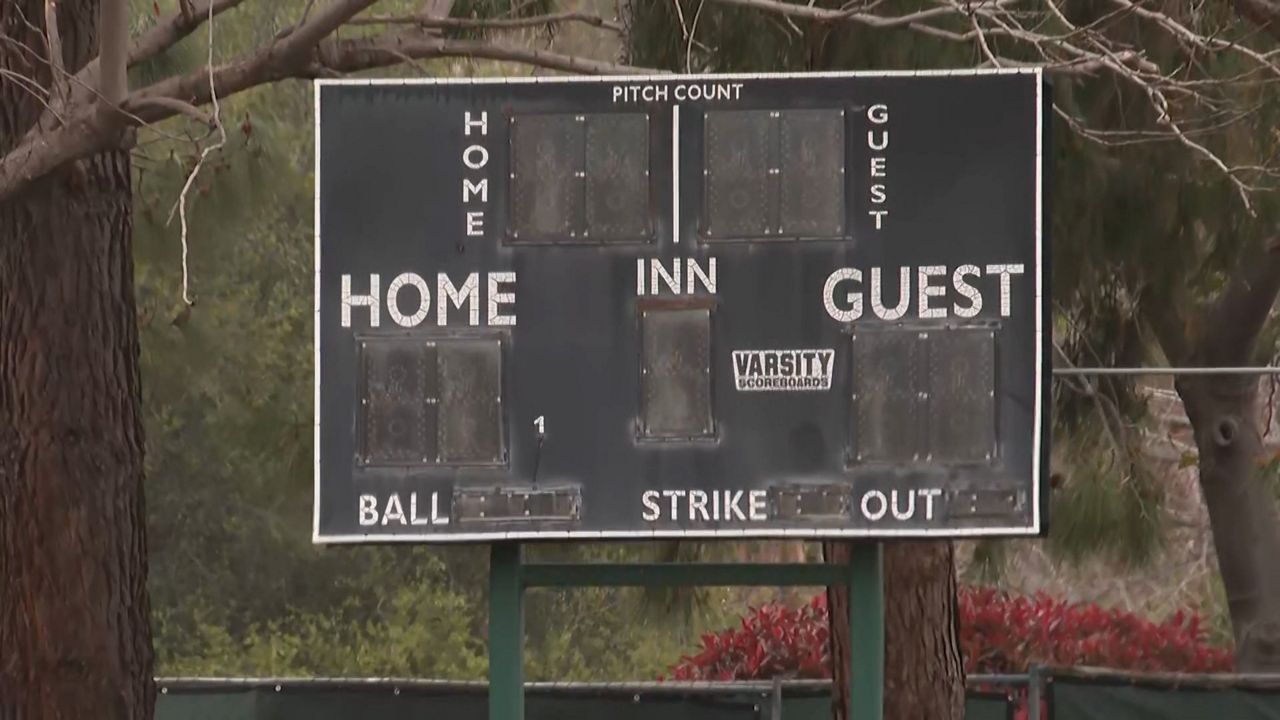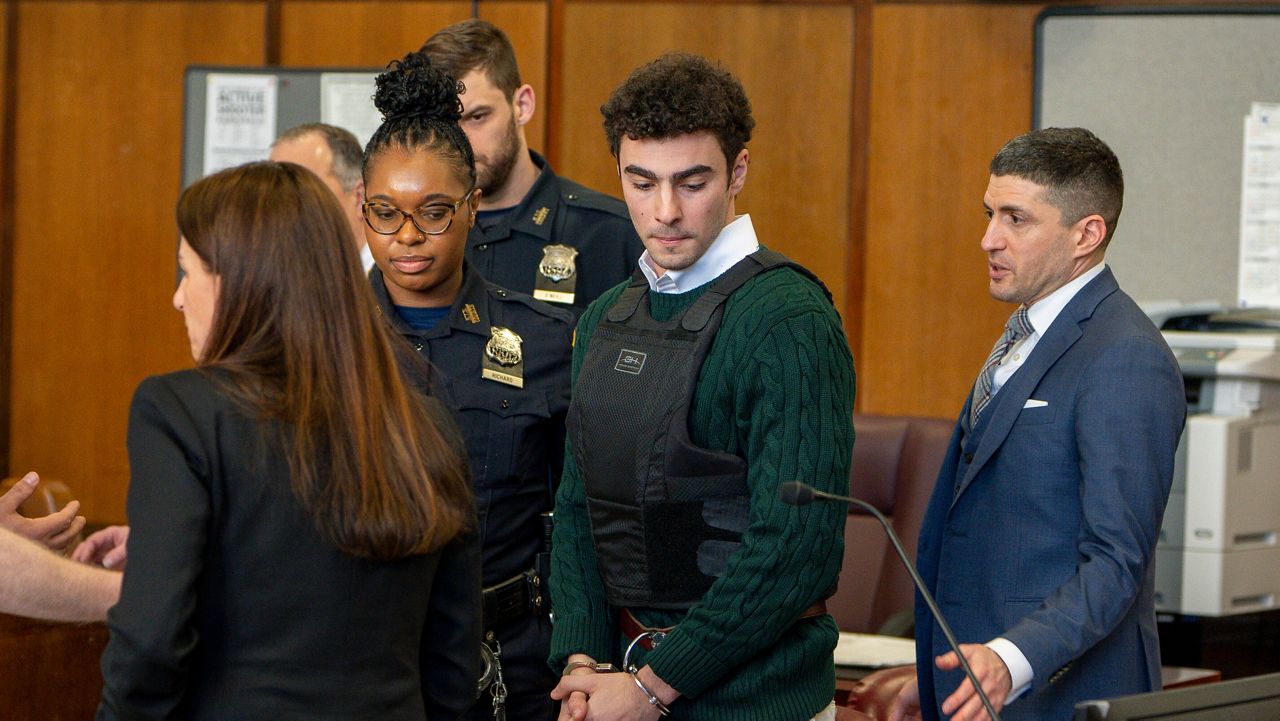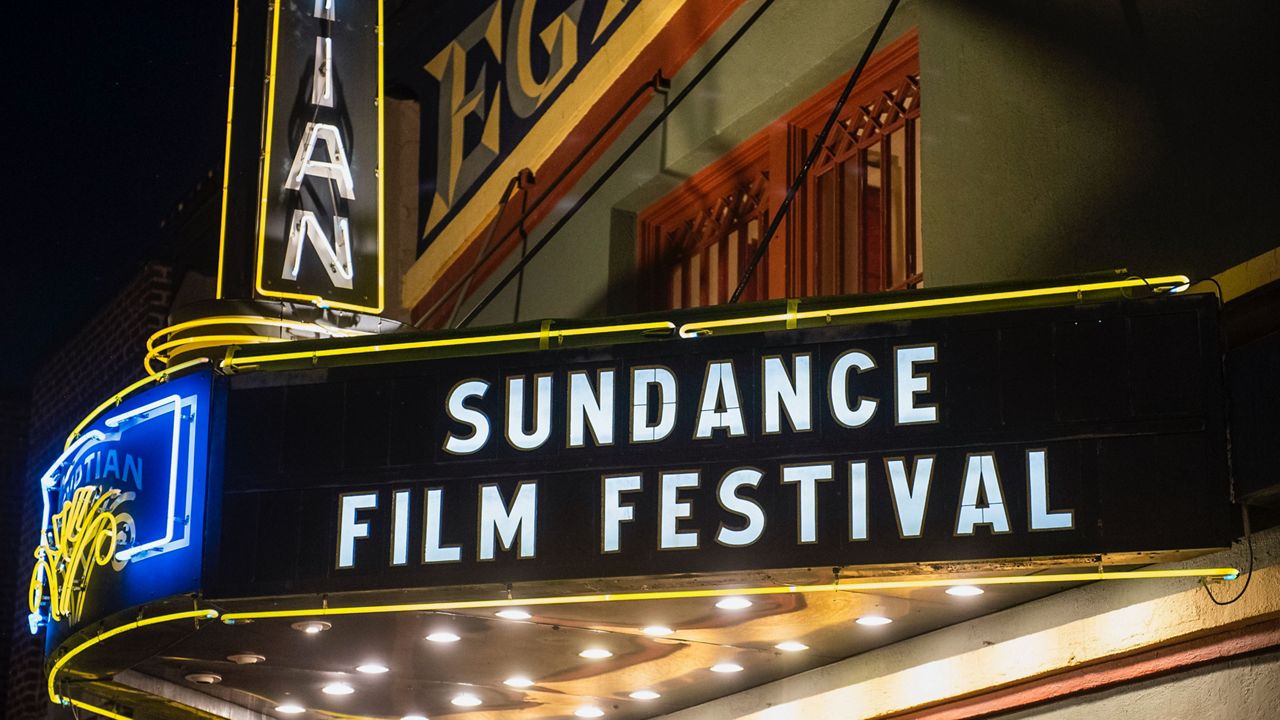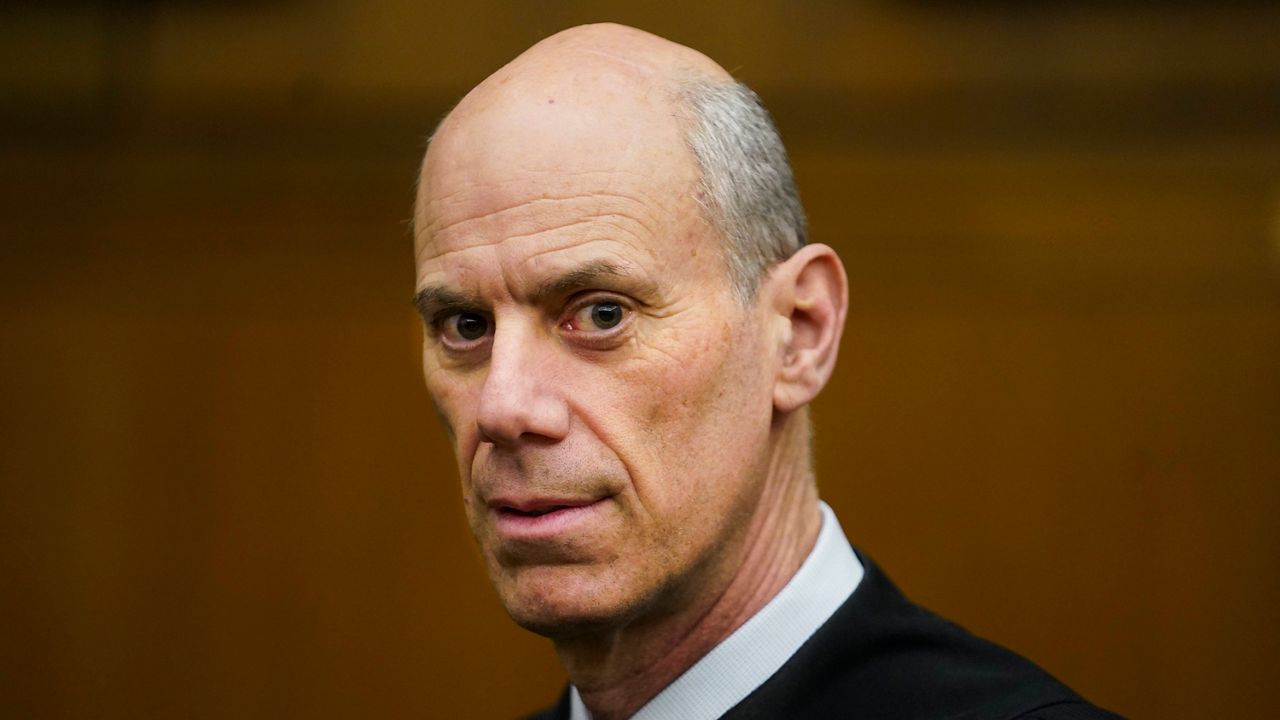LOS ANGELES — For Melanie Gutierrez, Day of the Dead is a way for her to spread cultural awareness.
With each delicate flower she crafts, Gutierrez adds to an intricate arch that will complete her Dia de los Muertos costume.
Each year for the last decade, she’s dressed up as a different version of La Calavera Catrina, a skeleton woman who is a prominent symbol of the Day of the Dead.
“As soon as an event is done, I’m already planning for next year … I get excited and my mind just starts working and planning and designing,” Gutierrez said.
It became a tradition for Melanie and her husband after she attended her first Day of the Dead event at Hollywood Forever Cemetery.
The following year, the couple came back to the event in full makeup and dress.
“We ended up winning first place at Hollywood Forever for their 15th annual festival and ever since then we go bigger and bigger and try and beat the previous year’s outfits,” she said.
Every year her costume has a different theme from raising awareness for suicide prevention to honoring Laker legend Kobe Bryant, where she wore mechanical wings.
This year, she’s doing a mariachi theme and will have an arch attached to her back. She plans to attend several celebrations throughout the area.
It helps her to not only remember those who have passed but also spread cultural awareness.
Felicia ‘Fe’ Montes is an assistant professor of Chicanx/Latinx Arts and Social Practice at Cal State University Long Beach.
She says Los Angeles was one of the first places in the United States where Dia de los Muertos was celebrated.
“Self help Graphics and Arts, an arts organization that is Chicanx and Latinx based in Boyle heights east Los Angeles, has been celebrating since the 1970s,” she said. “They are actually known for bringing the cultural and community celebration to California and the United States.”
She explains that for many Latinos in the United States, celebrating the Day of the Dead is not only a way to share their cultural heritage but also a way to preserve it.
“Such an important way to remember, reclaim and really, resist as well, a lot of the cultural oppression and assimilation tactics that have been through the United States,” said Montes.
For Melanie, the holiday is also a way to teach her children about their culture.
“Me and my kids make an altar and I explain to him what everything in our altar represents,” she said.
Explaining to them that part of mourning their loved ones is being able to celebrate the life they lived here on Earth.













